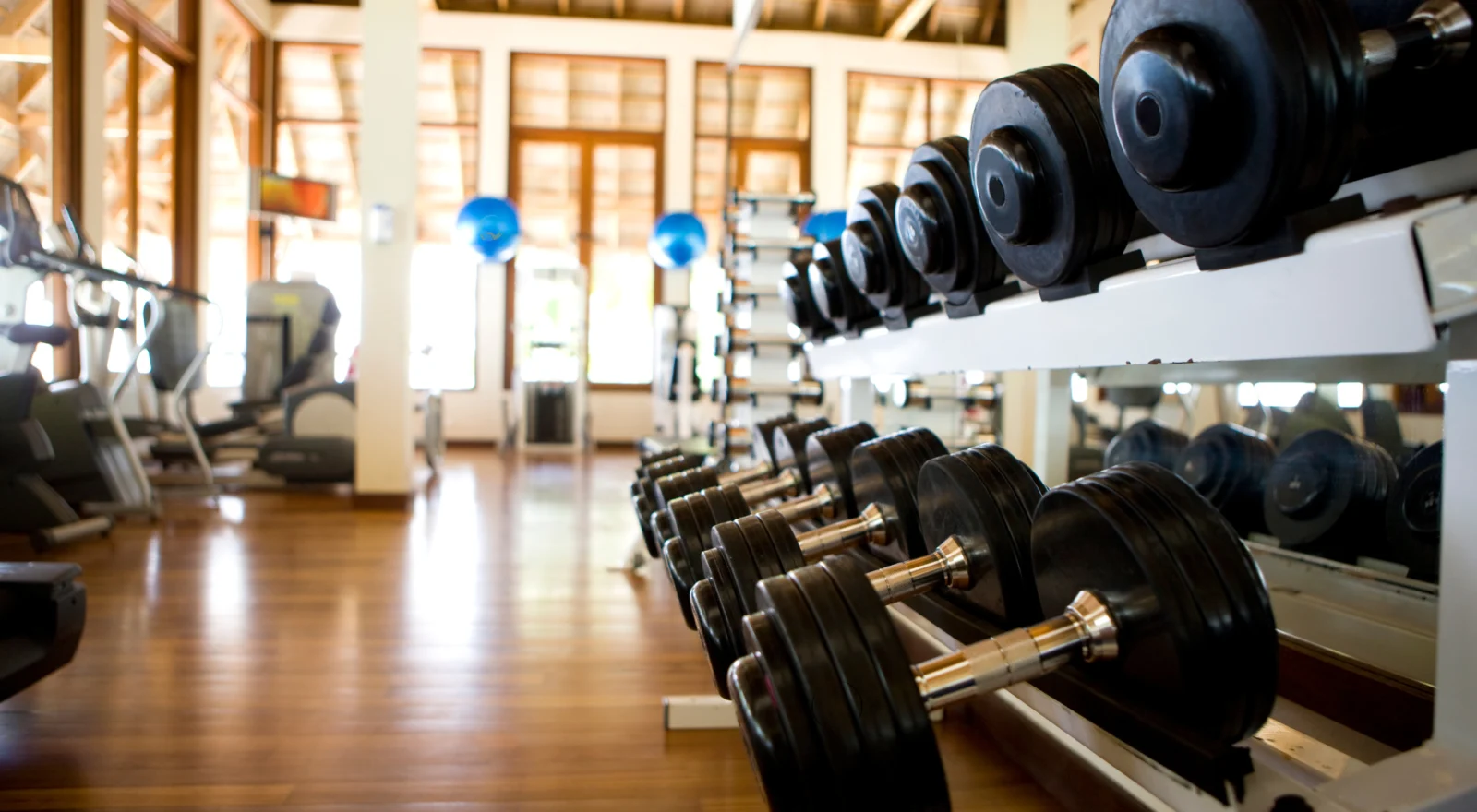Mental Health in Gyms: 3 Design Trends Reshaping Fitness Spaces

Gyms and fitness studios are increasingly embracing mindful design, recovery/relaxation and digital mental health tools
As fitness facilities increasingly focus on overall well-being, designing gyms and studios with mental health in mind is becoming a popular option.
In 2024, 43% of U.S. adults reported feeling more anxious than the previous year, a significant increase from 37% in 2023 and 32% in 2022 (American Psychiatric Association). The primary sources of anxiety include current events, economic concerns and safety issues, highlighting the increasing importance of mental health support across different settings, including fitness spaces where wellness is a growing focus (National Institute of Mental Health).
This data reinforces the value of gyms creating environments that prioritize mental wellness through design and recovery services, meeting the needs of an anxious population seeking holistic health solutions. Creating a calming, wellness-centric environment can help reduce stress and promote emotional well-being, alongside physical fitness.
The following strategies represent a small sampling of the approaches being implemented:
1. Mindful Design Elements
Gyms are incorporating softer lighting, natural materials, and plant-filled spaces to create environments that support relaxation and mindfulness (Virtuagym, Mindbody).
According to wellness industry insights, meditation and mindfulness spaces in gyms are becoming essential as people seek a balanced approach to fitness. Classes like yoga, tai chi, and meditation are now integrated into gym offerings, making mental well-being a priority for members (Core Health & Fitness).
Color psychology is also playing an increasingly important role in gym design, where specific hues are chosen to create tailored environments. Calming shades like soft blues, greens and earth tones are often used in recovery and meditation areas because they promote a sense of tranquility and help gym-goers unwind. These colors are associated with feelings of balance and renewal, making them ideal for relaxation space (Advantage Sport & Fitness) (Cole Don Media).
In contrast, high-energy areas frequently feature vibrant shades like reds and oranges, which are known for their stimulating and energizing effects. These colors boost motivation and help gym users stay engaged during intense workouts.
Acoustic design is equally important. Sound-absorbing materials and white noise systems create quiet zones amidst the otherwise busy and noisy gym environment. These elements, alongside thoughtful color choices, aim to offer a more holistic and mentally restorative experience (Iron House Design)
2. Recovery & Regeneration Zones
Gyms are dedicating more space to recovery areas, recognizing that mental recovery is as crucial as physical recovery. Features such as nap pods, infrared saunas, and cryotherapy are becoming popular. These tools help reduce anxiety and stress while promoting better sleep and cognitive function (Virtuagym, Silver Oak Health).
In addition to high-tech tools like nap pods and cryotherapy, many recovery zones now feature dedicated spaces for mindfulness practices, such as meditation or breathing exercises. The integration of technology such as guided meditation apps or biofeedback devices is also becoming popular, helping gym-goers better manage stress and improve their mental well-being. Recovery areas are designed not only for physical muscle repair but also for mental rejuvenation, further integrating wellness into the fitness experience.
3. Digital Mental Health Platforms
Digital platforms and mental health apps are also playing a role in mental wellness by offering guided meditation sessions, mindfulness practices and even AI-driven therapy tools (Silver Oak Health). Many gyms are now integrating these digital solutions, allowing members to engage with mental fitness content both inside and outside the gym.
Many fitness facilities are also integrating personalized digital platforms that offer tailored mental wellness programs, including mood tracking, stress assessments and individualized meditation recommendations. These platforms often include social features, allowing users to connect with others for shared support.
By integrating mental health into gym design, recovery services, and digital wellness tools, fitness facilities can deliver a comprehensive, well-rounded approach to health. This holistic strategy not only supports physical fitness but also caters to the growing demand for mental wellness, making these spaces more appealing to today’s health-conscious consumers.
This article originally appeared in ATN’s Gym of the Future Report, which explores the technology, equipment and sustainable practices driving a new era of personalized fitness and wellness experiences. Download the free report.



